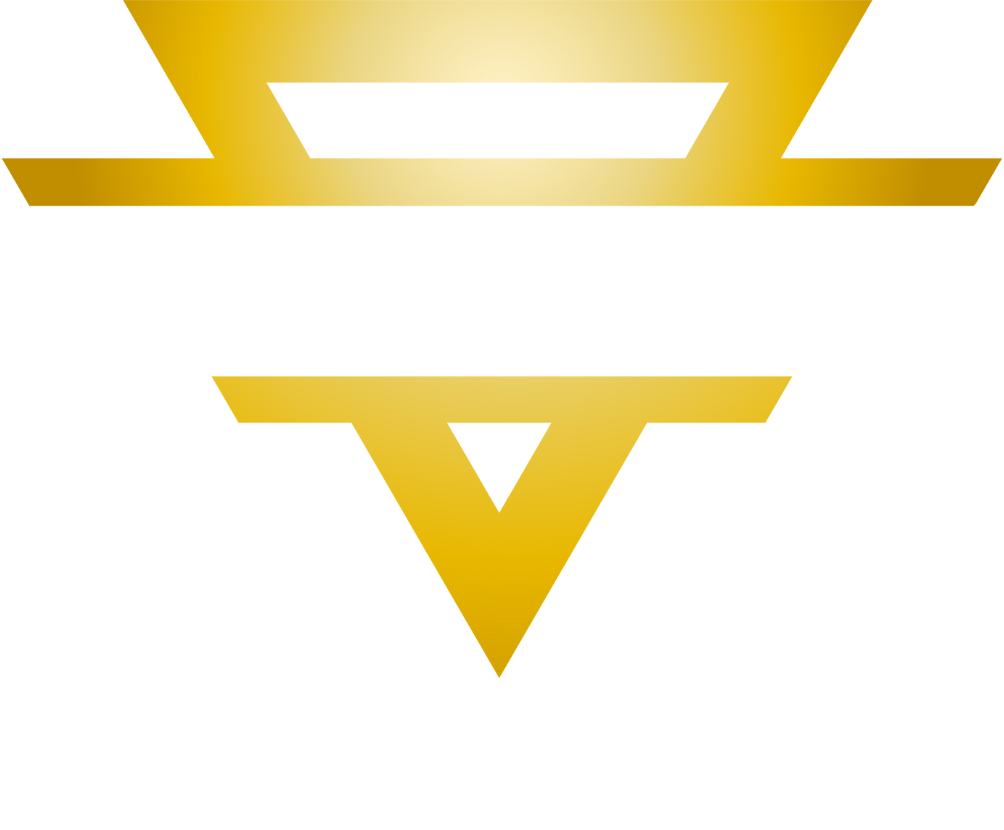Best workout routine to build muscle: A Comprehensive Guide
If you aim to have a healthier physique and build muscle, a well-crafted gym routine is essential. Building muscle requires a person to commit to regular strength training for a long period, with no shortcuts. But you can make this process more efficient with the right nutrition and workouts.
If you can just get that first month under your belt, you will get yourself over the steepest ridge, where so many fail and give up, and set the stage for a lifetime of muscle gains.
The best gym routine is a transformative journey that builds strength, boosts confidence, and fortifies your overall health. Most people want to build muscle for aesthetic reasons, but there are numerous health benefits to staying fit and training consistently.
In this blog we will cover the basics of muscle building, setting clear goals, designing your gym routine, nutrition for muscle growth, rest and recovery, monitoring and adjusting your routine, common mistakes to avoid, and staying motivated.
Introduction
Building muscle is not an easy task, but it is achievable with the right mindset, nutrition, and workout routine. You can achieve your muscle-building goals with the best gym routine efficiently and effectively reducing the risks of injury and ensuring that you are targeting all the major muscle groups. In this guide, we will provide you with the best tips and tricks to help you build muscle and achieve your fitness goals.
Understanding Muscle Building Basics
Understanding the basics of muscle-building is important before setting off for your muscle-building voyage. Building muscle requires some serious strength training.
Strength training causes microscopic tears in the muscle, a prerequisite of growth, and as the body repairs these tissues get bigger, and when this is repeated again and again this results in visibly bigger muscles.
Our muscles start to wither in our 30s. We lose an average of 8 percent of our muscle mass every decade after we reach our 40s, and this decay accelerates at an even faster rate after age 60. Studies show that this loss of muscle hastens the onset of diseases, limits mobility, and is linked to premature death.
Studies reveal that this process can be slowed and delayed by years or even decades with a muscle-strengthening program that works your entire body. Resistance training is very crucial to building muscle. It involves utilizing weights or other forms of resistance to challenge your muscles and stimulate growth.
Nutrition plays a critical role in muscle growth as well. Along with the best gym routine to build muscle, you need to consume enough protein, carbohydrates, and healthy fats to support muscle growth and repair.
Rest and recovery are equally paramount as exercise and nutrition when it comes to building muscle. Your muscles need time to recover and repair after a workout.
Setting Clear Goals for Muscle Building
The importance of setting clear goals should never be neglected when it comes to building muscle. As long as you know what your goals are and some weight training basics, you will be good to go.
When you are starting your journey towards building muscles, regardless of your experience level, if you are clear about your goals from the jump, it will prove to be a paramount catalyst in your success. You could be looking to build muscle, or you may be looking for maximum strength.
Your goals might also be related to cardiovascular health, weight loss, or a combination of multiple goals.
Setting specific objectives will not only help you stay motivated and focused on your muscle-building goals but also orchestrate the right and best gym routine to build muscles. Setting realistic time frames for achieving your muscle-building goals is critical.
Tracking your progress is substantial to staying motivated and making progress towards your muscle-building goals.

Designing Your Muscle-Building Gym Routine
Designing the best gym routine to build muscles can be overwhelming. But there are a few factors worth considering while doing so; frequency, volume, weight, and progressive overload. The frequency of workouts refers to how often you work out. Volume refers to the number of sets and reps you perform. Weight refers to the amount of weight you lift.
Progressive overload refers to gradually increasing the weight you lift over time.
There are two types of resistance or weight training exercises: compound and isolation exercises. Compound exercises work multiple muscle groups at once, while isolation exercises target specific muscles.
There are two main types of workout structures: split routines and full-body workouts. Split routines focus on specific muscle groups on different days, while full-body workouts target all major muscle groups in one session. Warming up and cooling down are essential to preventing injury and preparing your muscles for exercise.
TriFit is an international-level health and fitness brand that promotes an active lifestyle through an accessible network of high-tech and smart fitness clubs. We offer 300+ weekly classes & 5+ signature studios, certified fitness trainers, and a variety of fitness facilities including state-of-the-art equipment so that you are able to design the best gym routine to build muscle and achieve your goals.
TriFit was founded by the top management of the world’s best fitness chains across the globe. With extensive experience in the industry, TriFit has brought world-class fitness clubs to Pakistan. We offer a holistic wellness experience with dedicated fitness spaces for men and women, along with wellness and recovery zones, prayer areas, assessment rooms, and much more.
Nutrition for Muscle Growth
Bodybuilders, trainers, and nutritionists will tell you that bodybuilding is more than 50% nutrition. You can make some serious gains in strength and mass from a regular training program, but definitely not without getting the right amount of nutrition. So much so, that the more serious you are about your nutrition, the more serious your gains will be.
To build muscle, you need to consume more calories than you burn. This is known as a calorie surplus. Protein provides the amino acids that are used as the building blocks of muscle protein. Aim to consume at least 1 gram of protein per pound of body weight per day. The most complete protein sources include chicken, turkey, beef, fish, eggs, and dairy.
Carbohydrates and fats are also important for muscle growth, providing energy and supporting overall health. You should aim to consume complex carbohydrates and healthy fats regularly.
Staying hydrated is essential for muscle growth and overall health. Supplements can also be helpful in supporting muscle growth and recovery. Timing your meals and snacks around your workouts can help support muscle growth and recovery.
Rest and Recovery
Most scientific studies have concluded that a muscle needs to be worked at least two or three times a week in order to see it change and grow. You should aim to go to the gym at least two to three times a week. It is certainly tempting to work out every day, but rest days are actually crucial when it comes to building muscle.
Rest and recovery are just as important as exercise and nutrition. You need time to repair and grow your muscles stronger after a workout. You must at least get 7-8 hours of sleep per night, and take rest days as needed. Muscle-building workout routines are certainly going to lead to some muscle soreness.
But it is possible to minimize the side effects, at least to some extent through active recovery strategies, such as stretching and foam rolling, which can help reduce muscle soreness and improve recovery.
Overtraining can be counterproductive to muscle growth and can increase the risk of injury. Listen to your body and take rest days when needed.
Monitoring and Adjusting Your Routine
Consistency is the number one factor in getting results. You have to work out often and across a long period of time. Therefore, the first thing that needs to be considered is creating a routine that will keep you in the game. The best gym routine in the world is in vain and fruitless if you don’t actually do it.
Monitoring and adjusting your routine is important to ensure that you are making progress. Keep track of your workouts and progress over time. If you are not seeing results, adjust your routine by increasing the weight you lift or changing up your exercises.
Keeping a workout journal can help you track your progress and identify areas for improvement. Plateaus are common in muscle building. If you’re not seeing progress, it may be time to adjust your routine. Adjusting your routine can help you break through plateaus and continue making progress toward your muscle-building goals.
Common Mistakes to Avoid
There are a few common mistakes to avoid when it comes to building muscle. These include not consuming enough calories, not getting enough rest and recovery, and not progressively increasing the weight you lift.
Cardio is important for overall health, but too much cardio can interfere with muscle growth.
Proper form is essential to preventing injury and effectively targeting your muscles. Rest days are essential to muscle growth and recovery. Skipping them can increase the risk of injury and slow progress. Nutrition and hydration are essential to muscle growth and recovery, neglecting them can slow progress and increase the risk of injury.
Staying Motivated
Staying motivated is key to achieving your muscle-building goals. Set realistic goals, track your progress, and celebrate your successes along the way. Surround yourself with supportive people who will encourage and motivate you. Working out with a partner can help you stay motivated and accountable.
Celebrating small victories can help you stay motivated and focused on your muscle-building goals. Incorporating variety into your workouts can help prevent boredom and keep you motivated.
Conclusion
Building muscle is hard, but simple. You must work out each muscle group at least twice a week, take your exercises close to failure, and train with consistency. Make sure you are getting enough rest to allow the muscles to recover and rebuild, and eat a diet that is rich in protein, healthy fats, and complex carbohydrates. While it can take months to build.
At Trifit, we are committed to guiding you through your fitness journey and providing you with everything you need to succeed. Visit your nearest Trifit club today and begin your journey with us.


